Economy
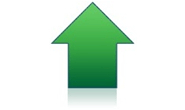
Chicago Business Barometer Soars in March
Written by Sandy Williams
April 1, 2021
The Chicago Business Barometer reached its highest level since July 2018, soaring to 66.3 in March from 59.5 in February, reports MNI indicators. For the first quarter of 2021, the index gained 4.4 points for a reading of 63.2, the best result since Q3 2018.
The production index soared 10.1 points to 72.0 in March for a three-year high. The new orders index climbed 7.1 points to 62.3. Firms in the survey were optimistic and noted a pick-up in business. Employment expanded above 50 for the first time since June 2019, gaining 5.5 points.
The March order backlogs index fell six points after reaching its highest level since October 2017 in February. Inventories remained above the 50-mark for a third month, gaining 5.1 points, and were mainly driven by supply chain issues, said MNI Indicators. Supplier deliveries lengthened to a 47-year high.
Prices increased at the factory gate for a seventh month putting the index at its highest level since August 2018. Prices for the first quarter rose to an index reading of 76.9. Higher steel prices were noted in March.
Nearly 68 percent of survey respondents said they are planning changes to their inventory levels due to supplier lead times, while 43.2 percent cited logistical issues as a reason.
Below is a graph showing the history of the Chicago Business Barometer. You will need to view the graph on our website to use its interactive features; you can do so by clicking here. If you need assistance logging in to or navigating the website, please contact us at info@SteelMarketUpdate.com.
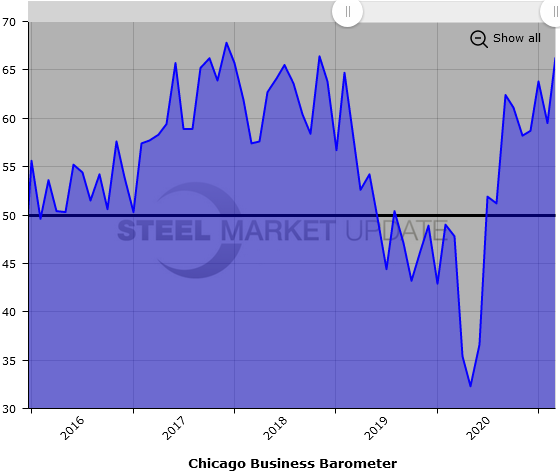

Sandy Williams
Read more from Sandy WilliamsLatest in Economy
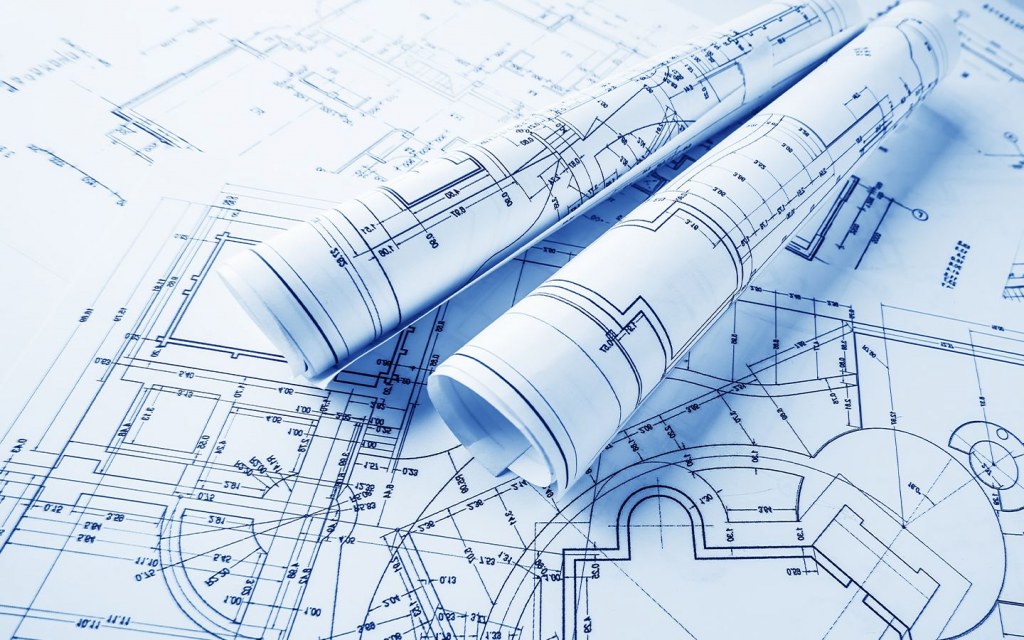
Architecture billings continue to slide in March
Architecture firms said billings continued to decline in March, according to the latest Architecture Billings Index (ABI) released by the American Institute of Architects (AIA) and Deltek.

Beige Book shows concerns about trade policy
Manufacturing was mixed, but two-thirds of districts said activity was little changed or had declined.
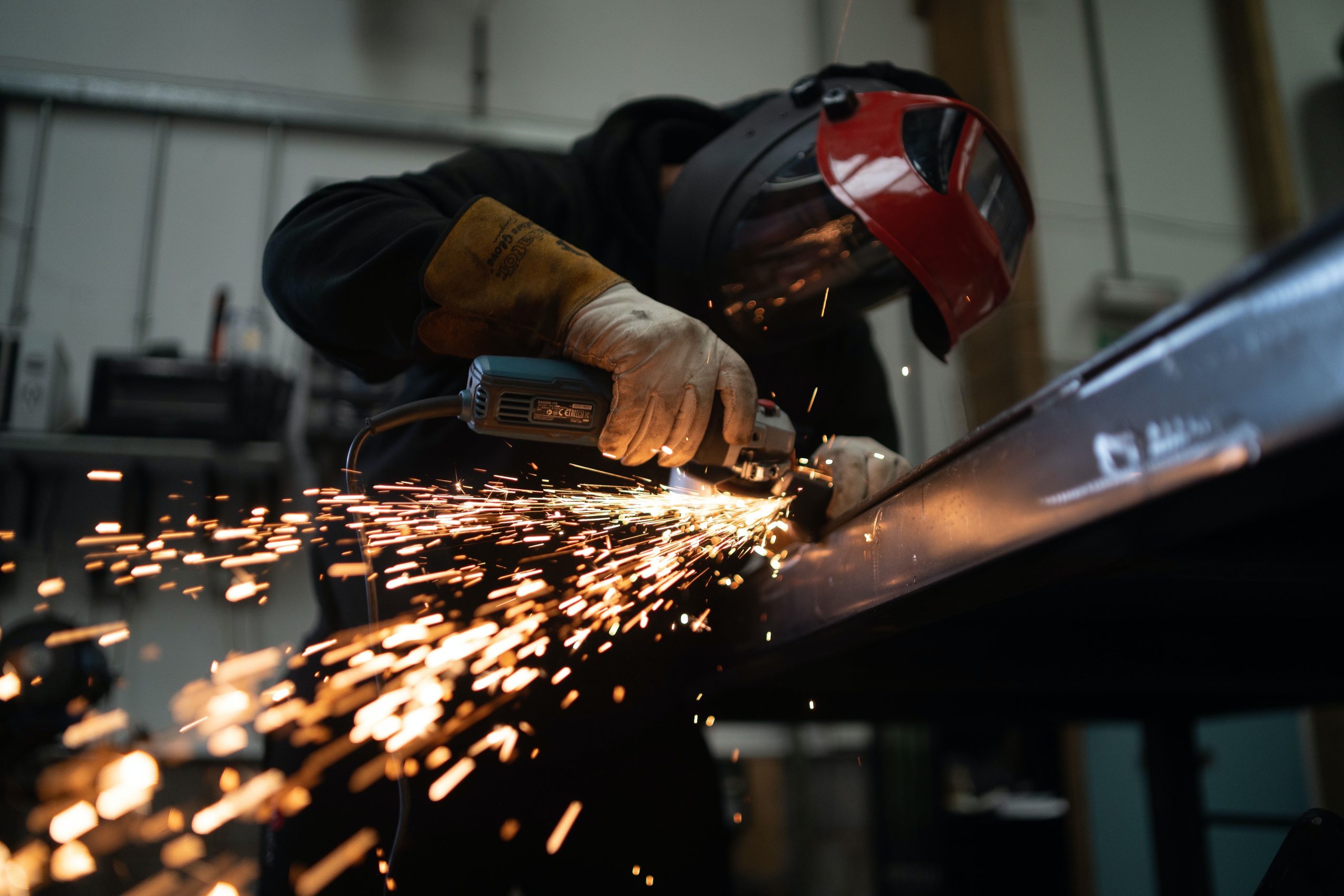
New York state manufacturing index drops again in April
Firms were pessimistic, with the future general business conditions index falling to its second lowest reading in the more than 20-year history of the survey
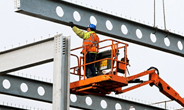
Construction adds 13,000 jobs in March
The construction sector added 13,000 jobs, seasonally adjusted, in March, but tariffs could undermine the industry.

Supply chains, end-users brace for impact from tariffs
Supply chains are working through what the tariffs mean for them
